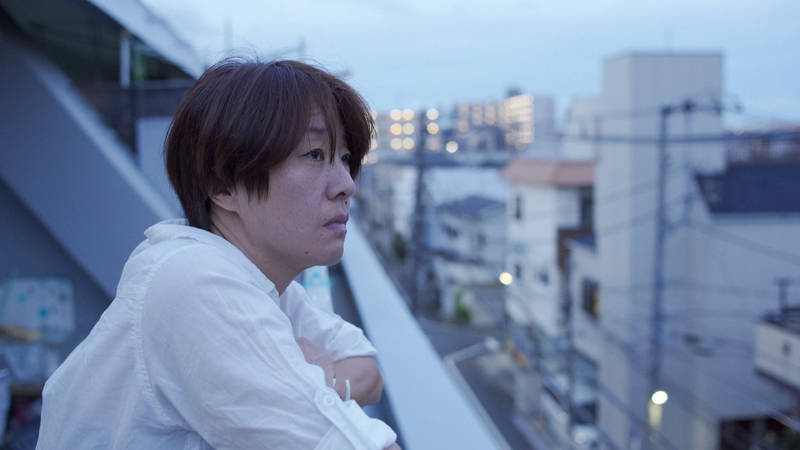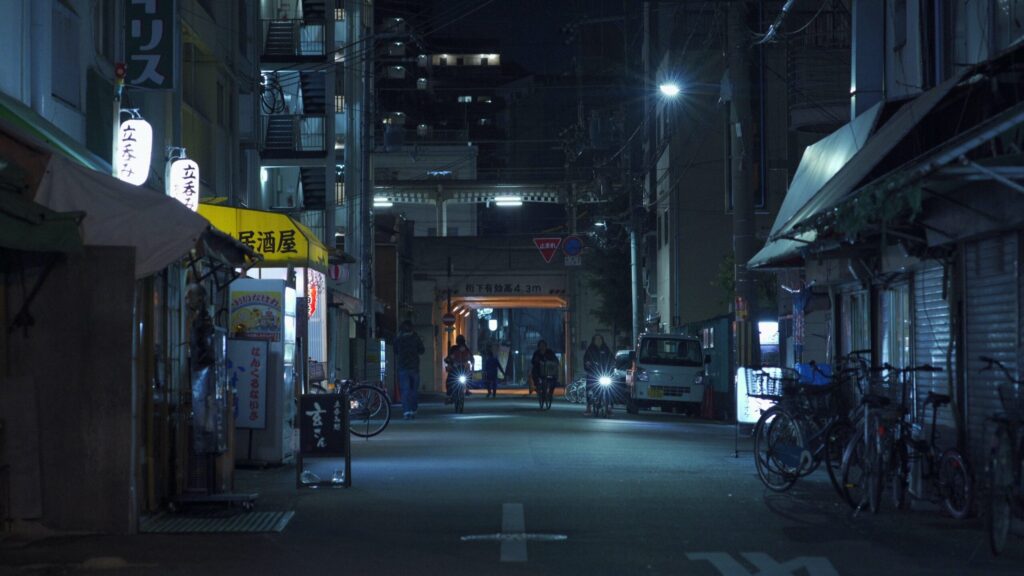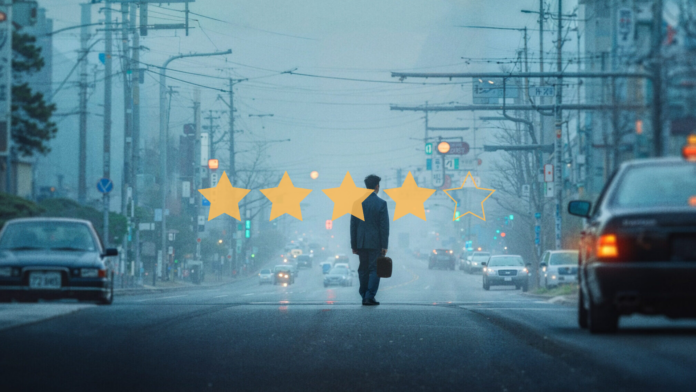In Japan, thousands of people vanish into the air like steam each year. The police mark them as ‘missing,’ yet they voluntarily restart their lives by completely changing their identities and severing all ties with their past. The phenomenon of Johatsu, or ‘evaporation’, is comprehensively surveyed in the documentary Johatsu: Into Thin Air.
★★★★☆
German director Andreas Hartmann and Japanese filmmaker Arata Mori unpack the complex phenomenon of Johatsu with a multifaceted approach. The documentary opens with a suspenseful scene in which a man fleeing from a possessive partner hurriedly gets inside the van of a woman called Saita. It then reveals how businesses like Saita’s ‘night moving’ companies help people escape, and explores the motivations and impacts of ‘evaporation’ by telling Saita’s clients’ stories. It also presents the grief of a mother whose son goes missing, as well as how private detectives help find these people. Some people want and are helped to go missing, while others try to dig them out. The perspectives of businesses, vanished persons, their families and detectives are structured alternately, showing how composite the phenomenon is.
Johatsu took off in Japan when the economic bubble burst in the 1990s, and many people could not repay their debts. People continue to be driven to this desperate measure not only by reasons like domestic abuse and abusive bosses, but also the fundamental Japanese value of ‘dying rather than living with shame’. Briefly discussed in the documentary, ‘shame’ is deeply ingrained in Japanese culture. Japanese people tend to identify themselves by their ranking in a group and social relationship, such as ‘a junior member of XXX corporation’ or ‘a senior student in XXX school’. One’s failure or deviation from social expectation is thus seen as failing the whole group, which makes people highly sensitive to others’ opinions. Seeking external help, especially for men suffering from domestic abuse, is also seen as a failure of masculinity. People who have done anything ‘wrong’ or risk appearing vulnerable would prefer to die than ask for help and live with shame. Johatsu, or ‘night moving’ as the businesses call it, offers a third option. Those taking the route need to constantly change their phone numbers and addresses to avoid leaving any traces or records.
While restarting your life and getting rid of past wrongdoings may sound idealistic, the documentary gives a cruelly realistic portrayal of the measure of evaporation. Those taking the route need to constantly change their phone numbers and addresses to avoid leaving any traces. They cannot do proper jobs because the salary payment will leave bank transaction records; they feel isolated after cutting off ties with friends, and guilty not taking care of their families. All these make them feel even deviated from social norms, leading to an overwhelming sense of shame—something they are desperately trying to avoid. This psychology is beautifully captured by interviews with close-up shots and minimal background music of Japanese drums, each beat punching the deepest emotions of their heart.

Although the documentary illustrates the economy of the phenomenon, it does not explore any single subject in depth. Saita is a case in point. She briefly shares her toxic relationships with her parents and how her partner does not support her job, but it is unclear how these experiences shape her. The film suggests that she has stories to tell, but never digs into them. This problem is seen with other interviewees, prompting more questions than answers. How often is the detective requested to find an evaporated person? How does he feel about it? Does the evaporated person regret making this decision? Did they ever consider other solutions? It is understandable that the documentary cannot reveal their life stories because of the sensitivity of their identities, and it attempts to compensate for that by covering more parties, but this approach sometimes makes the piece feel unfinished.
Perhaps this documentary is more suitable for audiences who wish to think rather than be informed. Those who expect to learn more deeply about the phenomenon of Johatsu may feel frustrated by the inconclusive tone, but others may love how it leaves viewers sufficient space to reflect.

The idea of space is a crucial element in the documentary. The cinematography features a lot of establishing shots capturing deserted streets, empty railway crossings, and poor old men in long, locked-off takes. There is no voice-over or present interviewer, so the audience can fully immerse themselves in the loneliness and isolation found in Japanese society. While many scenes look calming, the drum music creates an underlying sense of tension. Such an artistic contradiction, again, invites the audience to think about the hidden friction between social expectation and individuality in Japanese culture.
The Verdict
In the Western world, Japanese culture has been famous for its anime and scrumptious food. Behind the affluent facade, Japan has one of the highest suicide rates among high-income OECD countries. It also has some of the longest working hours and the worst mental health. Leaving the audience with a strong sense of hopelessness, the documentary discloses the dark side of Japanese society which the West often overlooks.
Words by Angel Sun
Support the Indiependent
We’re trying to raise £200 a month to help cover our operational costs. This includes our ‘Writer of the Month’ awards, where we recognise the amazing work produced by our contributor team. If you’ve enjoyed reading our site, we’d really appreciate it if you could donate to The Indiependent. Whether you can give £1 or £10, you’d be making a huge difference to our small team.
